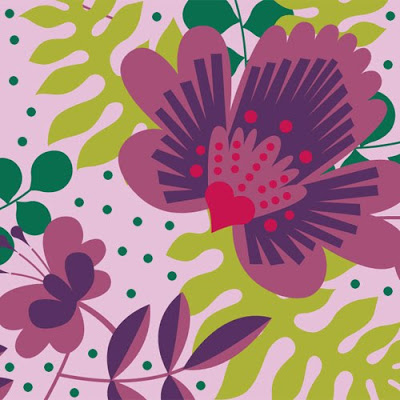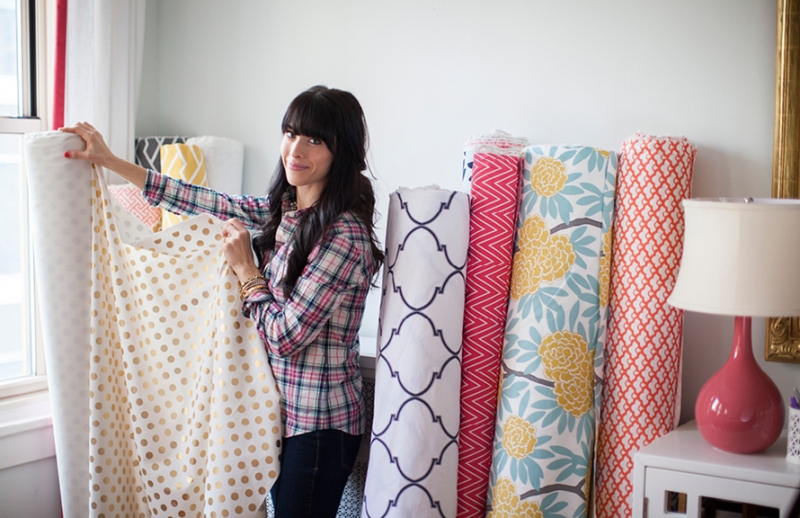Careers In The Arts: Textile Designer

What Does A Textile Designer Do?
Textile designers produce ideas and designs for printed, woven or knitted textiles and many patterned surfaces. They work within and alongside industries such as fashion, automotive, interior design and technical textiles. Textile designers may also work in a studio environment alongside other designers, or as freelance designers working on a client base.
What Are The Duties Of A Textile Designer?
Duties of a textile designer may include the following:
• Design and produce original woven, knitted or printed fabrics
• Design fashion fabrics for clothing, including jackets, shoes, socks, jeans, hats, bags and lingerie
• Design fabrics for home ware items, including chairs, carpets, bed linen and tableware
• Design surface patterns for laminates, wallpaper, plastics, tiles, toys and packaging
• Make drawings of initial concepts and work with various yarns and fabrics
• Make decisions about colour, structure, surface pattern, weight and yarn composition, taking into account the final use of the fabric
• Translate designs into marketable fabrics
• Use computer-aided design (cad) systems
• Inspect pre-production for colour and quality, and approve these or instruct changes to be made
• Produce finished artwork, storyboards and colour ways (colour tone work)
• Prepare the dispatch of design specifications for production/end use
• Liaise with clients, sales staff, buyers and production team, while working to deadlines
• Research and gather information about the target market
How Much Does A Textile Designer Get Paid?
Freelance designers are usually paid a fee for each commission they undertake. Those who use an agent to help them find work pay the agent a percentage of each fee as commission. Typical employers include companies that produce clothing, soft furnishings and other textile-based products, large fashion and clothing retailers, design studios and consultancies. There may also be opportunities with exclusive design houses or interior designers.
Education and Training Requirements?
In addition to a general textile design course such as a diploma, there are specialist courses in, for example, constructed textiles, tapestry and carpet design. Specialist courses are available at all levels and through a range of learning options. A general textile design degree program contains courses on product development, merchandising, textile evaluation, apparel design, surface design, woven design, marketing and accounting. Some colleges even offer internship opportunities with corporate companies after graduation.
Skills And Personal Traits Of A Textile Designer
To be a textile designer you will need to have the following personal traits:
• Be artistic, creative and able to draw
• Have an eye for colour, texture and pattern and have good attention to detail
• Understand the properties of different materials and dyes and the production processes of textiles
• Have knowledge of the market and be able to predict new trends





